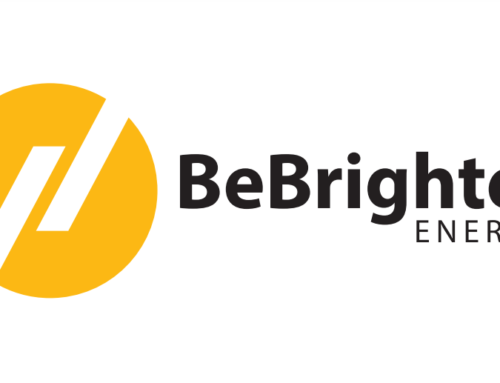Solar Power: Fueling The Entire US With Less Than 1% Of The Land
Claims that 25%-50% of US land would be required to power the country with solar energy are exaggerated. The reality is that solar power can provide the entire nation’s electricity needs with less than 1% of the land area. By examining real-world data from existing solar farms, we can debunk the misconceptions and understand the true potential of solar energy in meeting the US electricity demand.
Real-World Data and Math: The US consumes approximately 4 trillion kilowatt hours (kWh) of electricity annually, equivalent to 4 petawatt hours or 4,000,000 gigawatt hours. To determine the land requirement for solar power, we can refer to the most land-efficient solar installations, which generate over 500,000 kWh per acre per year. Based on this figure, the US can be powered with just 8,000,000 acres or 12,500 square miles of solar plants.
Acknowledging the Complexity: It is important to note that this calculation is a simplified exercise, highlighting the potential land efficiency of solar energy. A fully solar-powered country would necessitate additional infrastructure, such as storage facilities and power lines, to accommodate the intermittent nature of solar power generation.
Moving Forward: While this math exercise demonstrates the vast potential of solar energy, it is crucial to recognize the need for comprehensive energy planning. To achieve a solar-powered future, investments in energy storage and transmission infrastructure must align with the expanding solar capacity. By integrating storage solutions and advancing grid technologies, solar energy can become a reliable and sustainable source of electricity nationwide.
Contrary to exaggerated claims, solar power has the capability to fuel the entire US electricity demand with less than 1% of the land area. By leveraging real-world data from existing solar installations, we can understand the land efficiency of solar energy. However, it is essential to acknowledge the need for complementary infrastructure and planning to support a fully solar-powered country. With continued advancements in energy storage and grid integration, solar energy can play a significant role in driving a clean and sustainable future for the United States.



Leave A Comment